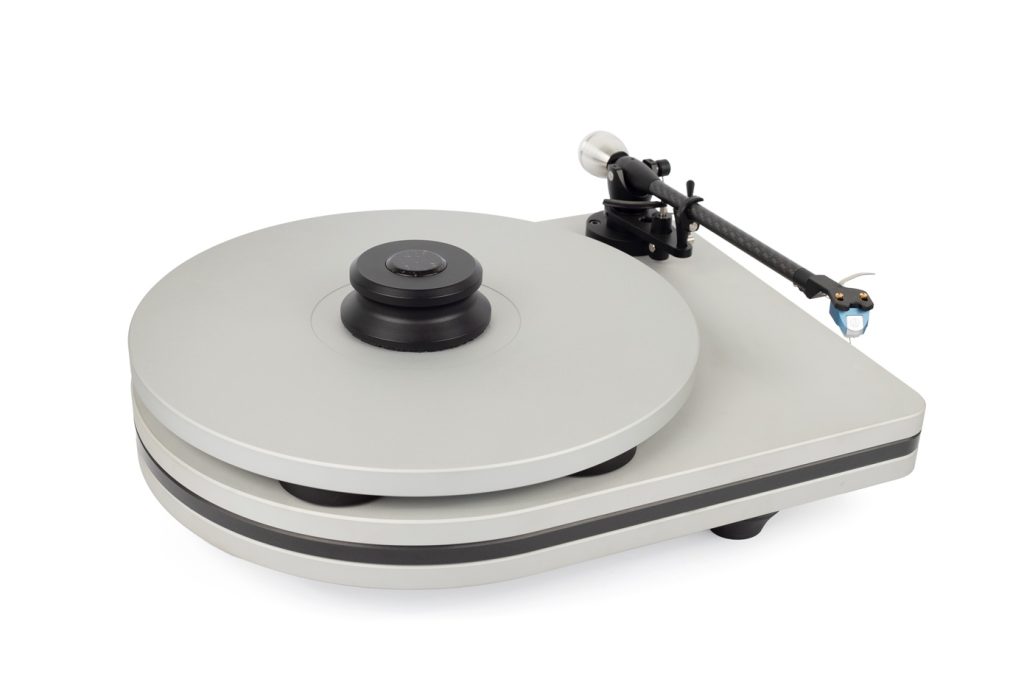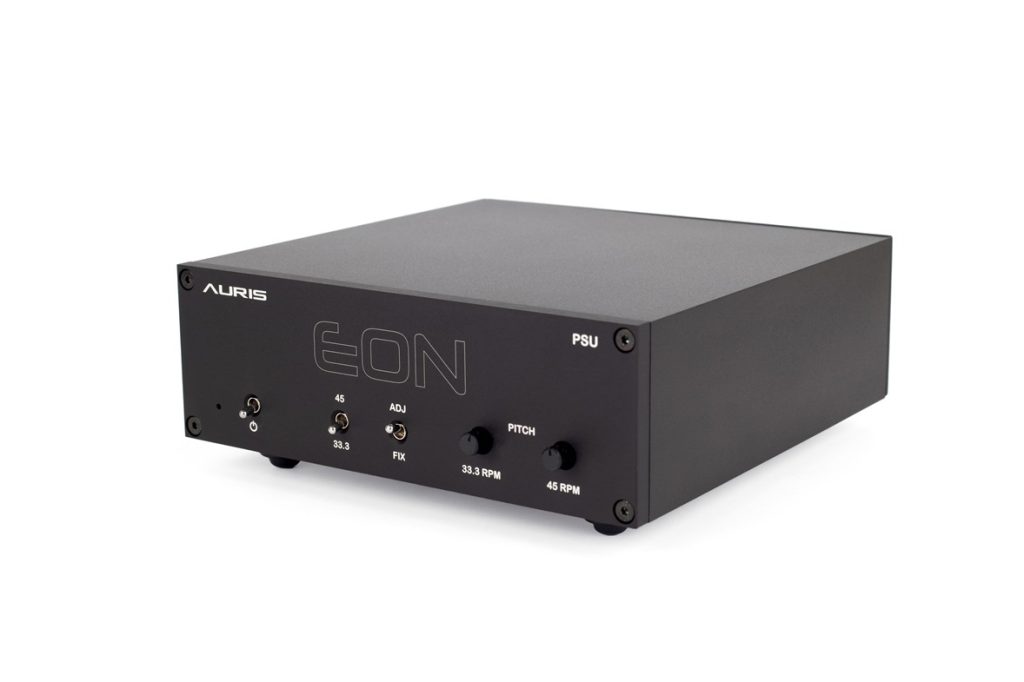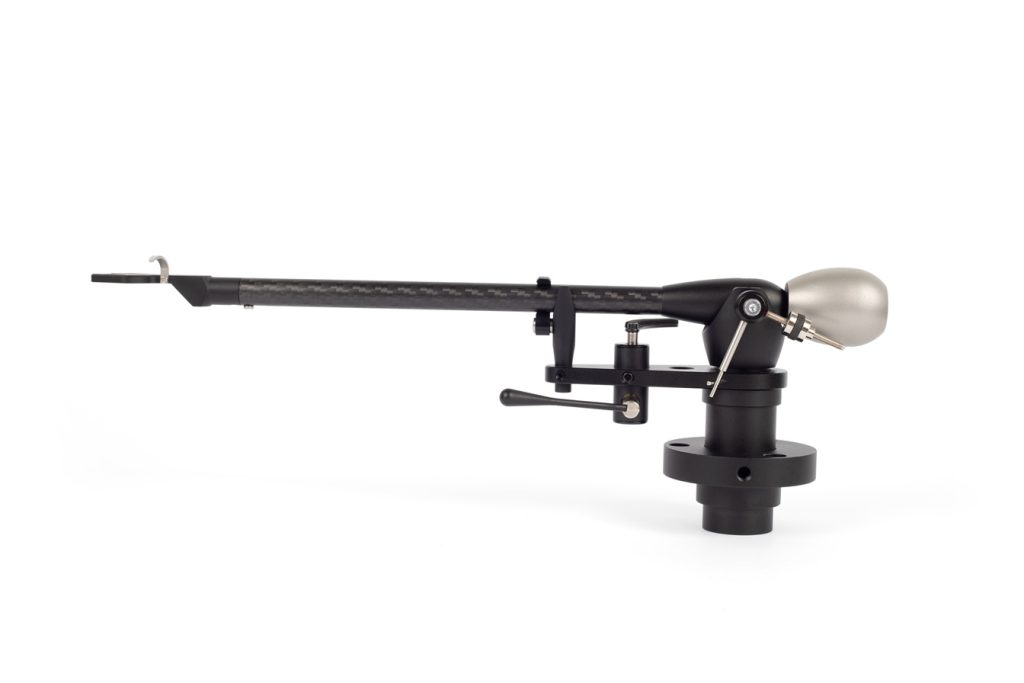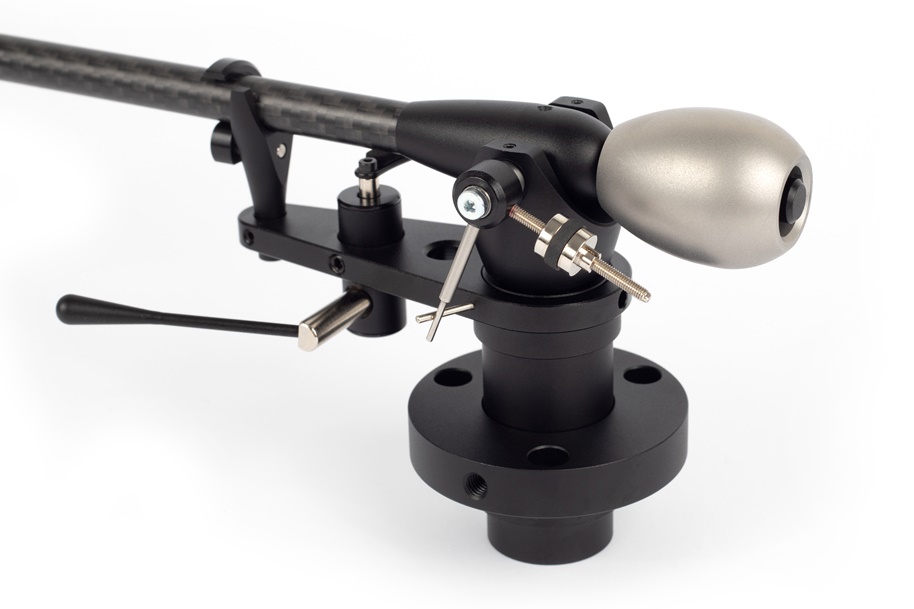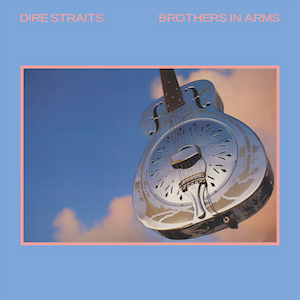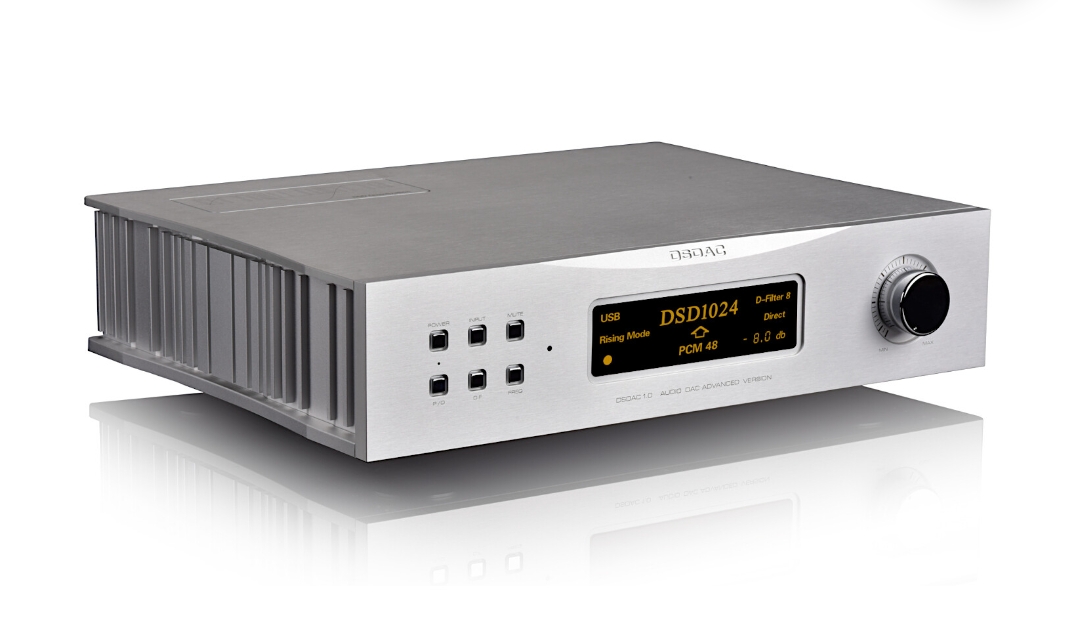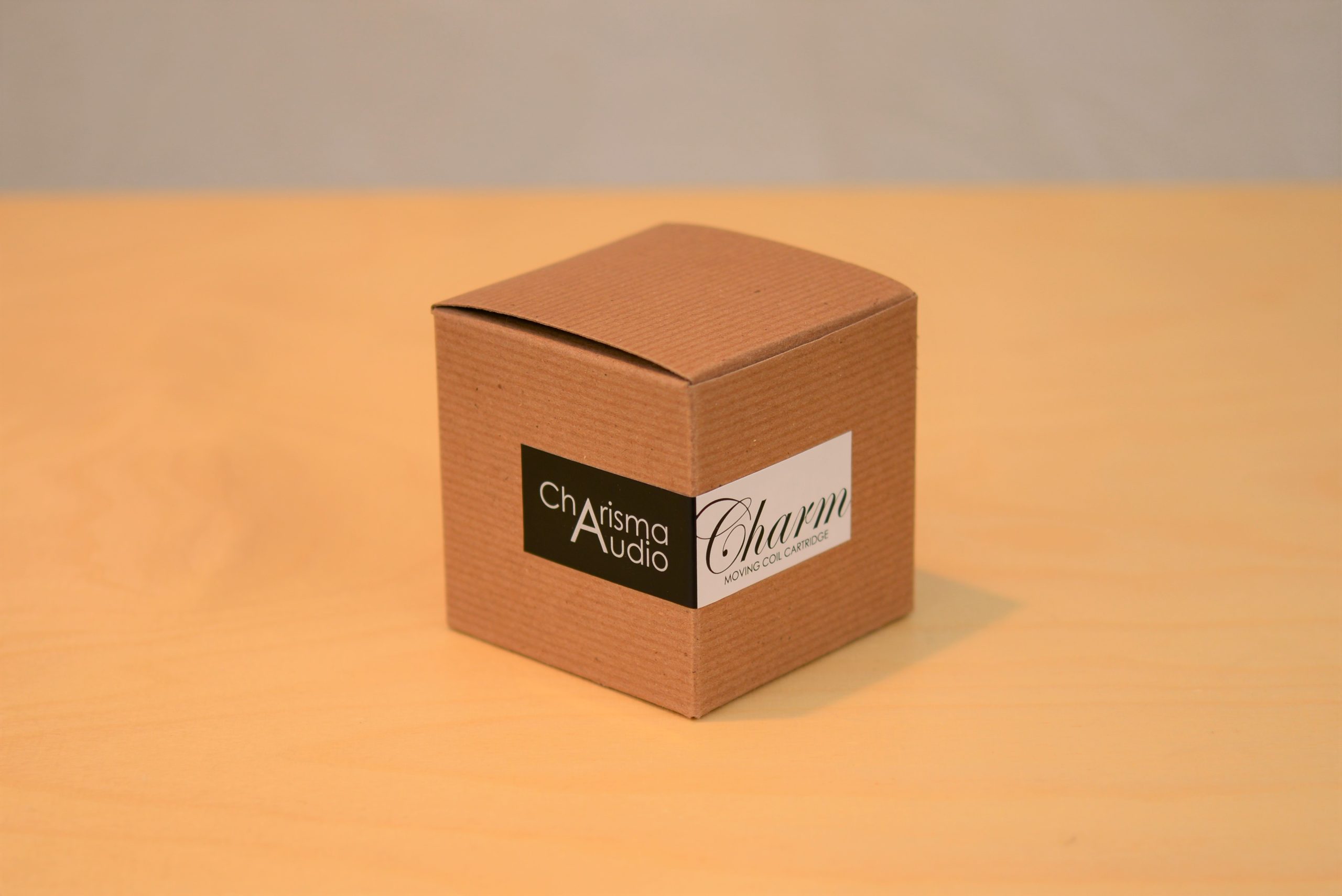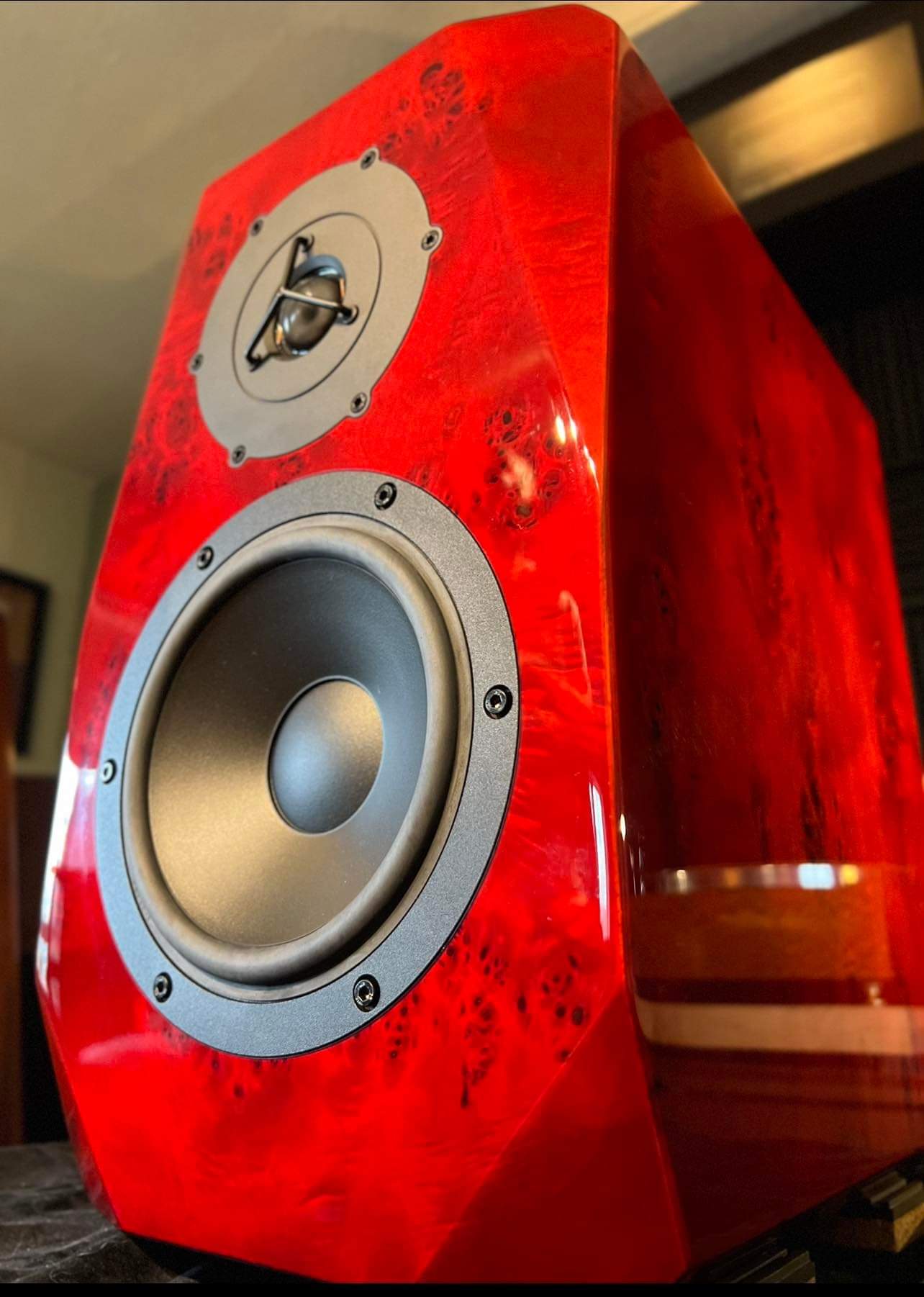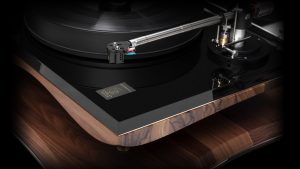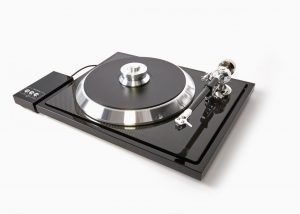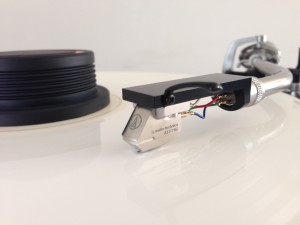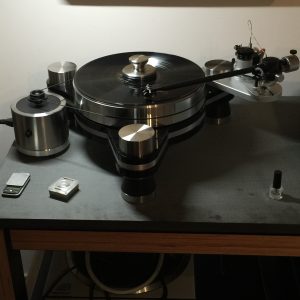Like many of you I have thoroughly immersed myself into the world of audio, and this passion has been with me since I was a young man. I remember my first humble audio system that was paid for by countless hours mowing lawns and working other various odd jobs in the neighborhood. Looking back at that time I would say this audio system was decent, and it was unequivocally mine! Turntables and cassette decks were our primary sources back then, and vinyl was king. I have carried a lifelong commitment to analog playback, and it is interesting to watch the pathway that records have traveled in our hobby. If you have been in this hobby long enough you are aware that a subset of audiophiles are traditionalists, and a significant percentage of these hobbyists believe there is a lack of technological developments in current production turntables. Yes, modern turntable manufacturers build on the accomplishments of those pioneers who came before, yet it is equally true that designers are continually refining materials and manufacturing techniques in a way that pushes the envelope of analog performance at most price points. Understanding the tradition and history of analog playback is undoubtedly significant as it provides the context for hobbyists to understand why current turntables are constructed the way they are. The field of audio has become an international playing field where manufacturers from all parts of the world are able to present their latest designs and strive to tell their story to other like-minded audiophiles in virtually every country. After all our hobby and passion is essentially universal as people of all nations have a desire to hear and play back music. These are exciting times! A perfect example of this new generation of manufacturer is Auris Audio, which is a Serbian company. The Bayadere 3 is the turntable we are going to get up close and personal with in this review. The distributor, Power Holdings Inc, has arranged for a review unit to be shipped right off the assembly line, so I am opening one just like a customer would receive it. Currently Auris Audio has six turntables in their product line, and this table is in the second position, and only superseded by the Bayadere 5. Spend a bit of time with me while we run this turntable through its paces.
Auris Audio was founded in 2013 by Mr. Milomir Trosic and has quickly developed a reputation as a quality manufacturer of professional and personal listening audio components. Auris Audio headphone amplifiers are routinely praised for both the quality of performance and the artisan level of craftmanship that is displayed. Still, there is far more to Auris Audio than many hobbyists realize. The company product line spans portable and high-performance tube amplifiers and pre-amplifiers, and an expansive portfolio of analog playback components. There are six turntables available, and if you want to see an absolute gem of a turntable take a moment to search for Auris Audio Bayadere 5, as that table is an absolute beauty. After you tear your gaze away from this siren it becomes time to have a conversation about the Bayadere 3, which is reported to be the sweet spot in their turntable lineup. Consistent with Mr. Trosic's philosophy for Auris Audio, this table is built with superior materials. You will find the table composed of Kerrock®, aluminum, carbon fiber, bronze, and Widia which is a specialized alloy. The following sentence is a direct quote from the company's website:
"Auris Audio's philosophy is rooted in Superior design, natural materials and skills of making, which give us the right to claim that our products are handcrafted with soul."
It cannot be denied that many HiFi companies have made this claim to their clientele, yet Auris Audio has backed up their mission statement with a finely crafted product. The Bayadere 3 is elegant in appearance, with a multilayer composite plinth which contains a layer of Kerrock® sandwiched between two substantial slabs of aluminum. Kerrock® is a fascinating bit of material, as it's a combination of bauxite ore, aluminum hydroxide, and acrylic polymer. This combination of materials results in a plinth that is non-resonant and stout, to provide a proper foundation for the spindle bearing, motor, and tonearm components. The table weighs 14 kilograms yet has a footprint of 385 mm wide by 300 mm deep. I suspect many audiophiles will find an appreciation for the practicality of this turntable and its compact footprint, as rack space is often at a premium in many of our audio systems.
Hidden in the beauty of the plinth is a remarkable platter bearing assembly that is critically important to the overall performance of this turntable. The engineering team at Auris Audio selected an intriguing combination of materials with the goal of creating a low friction bearing with precise machining tolerances. Bronze is chosen for the bearing well since it can be machined with a level of finish that minimizes friction. Bronze outperforms brass in this instance, even though brass is generally considered an "audiophile approved" material for various audio components. The spindle shaft is chromed and polished to further reduce friction. The spindle shaft rides on a ceramic bearing, and this assembly is supported by a thrust plate made from a plate of Widia. This is an interesting material that is an alloy of tungsten carbide and cobalt and has the reputation of being one of the hardest metal compounds available. The trade name is derived from the German phrase "Wie Diamant" which translates to hard as diamond. The entire bearing assembly is isolated from the plinth by a set of rubber composite rings, which is an ingenious solution for obtaining a quiet platter drive mechanism. The platter on the base turntable is a solid one-piece aluminum platter that rides on a precisely machined aluminum sub-platter. Interestingly, the machine tolerances of this spindle and bearing combination are so tight that it takes approximately 7 minutes for the sub-platter to fully seat into the spindle well.
The motor in the Bayadere 3 is a 24-volt synchronous AC motor with an electronic speed control box. The speed box allows for convenient switching between 33 and 45 RPM. Additionally, the speed box has two rotary pots that allow for independent pitch control for each speed. On the back of the chassis there is a switch that allows for selection of 50 or 60 Hz incoming AC power. USA and European owners will need different diameter motor pulleys, and those can be obtained from the factory or a local distributor. One other attribute to note is the drive belt is hidden away because it wraps around the sub-platter instead of the outside diameter of the main platter. This results in a neat and attractive appearance.
The tonearm architecture that Auris Audio has developed is distinctive and bears closer inspection. At first glance this arm is unusual in its appearance, as it clearly does not come from the Rega or Jelco school of tonearm design. The arm is a combination of carbon fiber and milled aluminum. This is a 9-inch arm with an effective length of 229 mm. Spindle to pivot mounting distance is 211mm with an overhang of 18 mm. The arm effective mass is 12 grams, which is in large part due to the use of thick wall carbon fiber arm tube and a milled aluminum head shell. Auris Audio tells us the 1 mm thick carbon fiber material is resistant to resonance issues that typically plague carbon fiber arms that are built with thinner walls. Furthermore, this substantial amount of carbon fiber results in a sonic character that is closely aligned to arms built from dense hardwoods such as walnut or ebony. The official model designation is the W9, and this arm employs a low friction gimbal bearing assembly, and the anti-skate assembly is an unusual lever design. Internal arm wiring is Van den Hull® wire, which terminates into a 5 pin DIN socket.
Isolation is provided by three substantial composite rubber feet. There are polyamide support pods for the feet that can be turned to level the turntable. A surprisingly heavy record clamp machined from Kerrock® is provided, and one of these new style acrylic shields is standard as a dust cover/protector for the table.
Auris Audio has consulted their dealer and distributor network about what types of platter mats and tone arm cables would be expected by their customers. The feedback provided is customers typically have specific preferences for these items and prefer to select their own. The decision was made to omit these two pieces from the turntable package. For my listening sessions I sampled an acrylic and a cork/rubber mat on the table. Each mat has a subtle yet meaningful contribution to the presentation of music, and in my case the cork/rubber mat provided the most balanced musical playback. For the tonearm cable I installed a set of WireWorld Micro-Silver Eclipse 8 wire. I then transferred and aligned a Transfiguration Audio Proetus moving coil cartridge from my reference table in order to give the Bayadere 3 the opportunity to present the best iteration of itself to Positive Feedback readers.
My SOTA Innovations Cosmos was set aside for a couple of months, and the Auris turntable received several hours of play every day, and through the process I gained a gained a great deal of respect for this table. I would switch between an Esoteric E-03 and a BMC MCCI Signature ULN phono stage on a regular basis during this review to gain insights on how a few various combinations of gear would sound. A Trinnov Audio Amethyst preamplifier is paired with Classe Audio Omega mono-block amplifiers. I recently acquired a pair of Martin Logan CLX ART speakers, and their ability to parse the finest musical details during my evaluations and also provided a deeper perspective of the character of this table. A pair of updated Velodyne HGS12 subwoofers enhances the lowest registers, and Wireworld Eclipse 8 speaker and Silver Eclipse 8 interconnects complete the chain. Finally, clean AC power is provided by a Balanced Power Technologies 3.5 Signature condition and Pi Audo Group power cords.
At its very heart a turntable is an exercise in energy management. The goal is to retrieve that energy embedded in a record and reconfigure it to an electrical impulse needed for the rest of the system to play wondrous music. While accomplishing this task with the utmost of care it is equally important to eliminate or minimize the intrusion of unwanted mechanical energy from the environment, or even the turntable itself. There are many ways to spin a record, and each iteration has a distinct set of strengths and limitations. For turning a platter there are idler drives, belt drives, and direct drive systems. Turntable structure can be unsuspended or suspended, and either low mass or high mass. Tonearms can be high/medium/low mass, or tangential linear trackers, and even S or J shaped wands. There have been iconic turntables built with every variation, and it becomes more about a successful implementation rather than an inherent advantage due to any one design type. My two reference tables are belt drives, though in the past I have owned idler and direct drive tables and enjoyed them immensely. Both of my tables are higher in mass, with one weight 20 Kg (44 lbs.) and a 4-point suspension, while the other table is a heftier 38 Kg (83 lbs.) but with an unsuspended plinth. The Bayadere 3 design incorporates many of the design elements that define my reference tables, but the question is did the engineers get all the bits and pieces of this table to work in unison to make glorious music? Or did they create a checklist of audiophile approved bits in order to satisfy a perspective customer's checklist. Only listening will truly answer this question with any degree of certainty. After all, the Bayadere sells for $4000 USD, and since this is the price of a serious turntable, and it needs to perform at the level of one.
The first listening sessions saw a heavy rotation of piano music being played, as I wanted to examine how the turntable dealt with the challenges of sustained chords, harmonic decay, and pitch stability. Piano compositions will expose speed instability, rumble, or any other flaws in a turntable. I spent one evening going through several Liz Story and George Winston albums, and these are pieces that I use for review, but also my own listening pleasure. I know every nuance of these songs, and I was looking forward to hearing how this table would fare. On "Things with Wings" (Solid Colors; Windham Hill C-1023) I thoroughly enjoyed the precise and delicate notes that composed the melody over a softly played cord progression on the lower registers of the piano. The chords have an alluring texture, and the sustain is rich and full bodied, while the variations between percussive strikes and flowing runs of notes that at times resolve quickly, and other moments would be held for a delicate decay. When listening to George Winston's "Colors/Dance" (Autumn; Windham Hill WH-1012) I listened intently for any speed variations during the quick runs in the melody, or the chords he would seem to hold for an eternity. I could not identify any issues with speed stability, and the noise floor of the table is what a person would expect from a high-performance turntable. The Bayadere 3 did not let me down during these listening sessions, and I was beginning to gain an appreciation for its abilities.
One of the critical elements of analog playback is how to control energy. When unwanted energy is imparted into the vinyl record/cartridge interface you get a loss of timing and often a smearing of the lower registers of music or the location of instruments. This energy can come from a number of sources such as the motor, the spindle bearing, or even the loudspeakers in the system. Isolation is the key, whether you do it by mass, feet, or a floating suspension. Quite often you hear these adverse effects as bloated bass passages, or a blurring of the notes from an electric or acoustic bass instrument. The Bayadere 3 controls these undesired intrusions with a combination of above average mass in a composite plinth, a sophisticated set of feet, and that ingenious isolation bushing built around the spindle bearing. On "Lou's Blues" (The Time Is right; Blue Note ST-84025) by Lou Donaldson there is incredible horn playing, but what I focused on was the acoustic bass line. The presentation of this instrument by the Bayadere 3 is lively, quick, has proper tone, and natural woody timber. Equally important is how the bass notes lacked any unexpected overhang and were neatly finished with a realistic decay pattern. Finally, when compared to my other tables the Bayadere 3 keeps the bass regions in balance, as the drum kit and the acoustic bass were evenly proportioned and never out of place.
The representation of acoustical space is an element of music reproduction that is prized by a high percentage of audiophiles. Of course, the tone of instruments is critical, as is the ability to generate dynamics and proper attack of instruments are prized, as these are foundational elements that any serious piece of audio gear needs to excel at. Yet the space contained in a recording, the illusion of performers in our listening room is an aspect that many hobbyists crave. The Bayadere 3 has the ability to create a realistic soundstage with excellent depth and width. I found the Auris Audio turntable ability to create acoustic space to be essentially on par with my secondary table which is a Scheu Audio Das Laufwerk No 2. While this is not to say it is equal in every way, it is a testament to this table that it can match up well against a significantly more expensive competitor. On "Ride Across the River" by Dire Straits (Brothers In Arms; Warners Brothers Records 25264-1) Mark Knopfler's vocals extended into the room a good distance in front of the martin Logan CLX ART speakers, and the lead guitar is clearly focused on the left side of the soundstage. Horns and other various effects that are dispersed through the piece are located deep in the recording yet are clearly formed and easy to pick out. Throughout my listening sessions with this table, I never felt dissatisfied with the size or focus of the soundstage.
The Bayadere 3 turntable is not a derivative design meant to mimic other established turntables. Auris Audio cannot be accused of making a "me too" product, but rather has taken a daring and innovative approach to their offerings. The plinth, bearing implementation, and tonearm materials are indicative of a design team that values thoughtful engineering solutions and implements these choices with high quality manufacturing principles. The only real quibble I have with the table is the location of the finger lift for the tonearm. The head-shell is compact, and with a cartridge with a longer rectangular body such as my Transfiguration Proteus I found it needed to be placed further back on head shell when being installed. This caused the tonearm wires to be exposed, and when the cartridge offset dialed in during the alignment process these wires want to protrude at the point where the finger lift is located. Eventually I could get them properly dressed, but this isn't a common occurrence on most other arms. Secondly, the tonearm counterweight is distinctive in appearance, yet it appears to run counter to an accepted convention in the analog world. Typically, a counterweight should have its mass located as near the pivot point as possible, and preferably in the same plan as the record surface. Both of these aspects improve the tracking ability of the arm. With the W9 tonearm the counterweight is a balloon like shape with a large portion of the mass further away from the pivot point. In contrast the Hawk series of arms from Auris Audio have a traditional counterweight that adheres to an accepted tonearm theory. With this being said, I also am forced to consider how important this convention is because during my listening sessions I found the W9 arm to be an excellent tracker. After all, the results are really what matters, is it not?
The Auris Audio Bayadere 3 is an excellent turntable, and I could easily live with it as my daily spinner. This turntable gets the fundamentals correct. This means the noise floor is low, speed is accurate and adjustable, the tonearm allows high performance cartridges to properly trace the groove, and it is a design that does not require constant adjustment to maintain its performance level. The build quality of this turntable is fantastic, and the fit and finish is the equal and, in some cases, exceeds what you get from other manufacturers that are well known to all of us. The Bayadere 3 is a serious piece of analog gear, and if you get a chance to hear one, I do believe you will appreciate Auris Audios' efforts. I know that I have thoroughly enjoyed this table, and this has prompted me to examine the information available on Bayadere 5 and Hawk tonearm. I will say Auris Audio has an intriguing turntable lineup; people should take a serious look at what is available.
Bayadere 3 Turntable
Retail: $3999
Auris Audio




